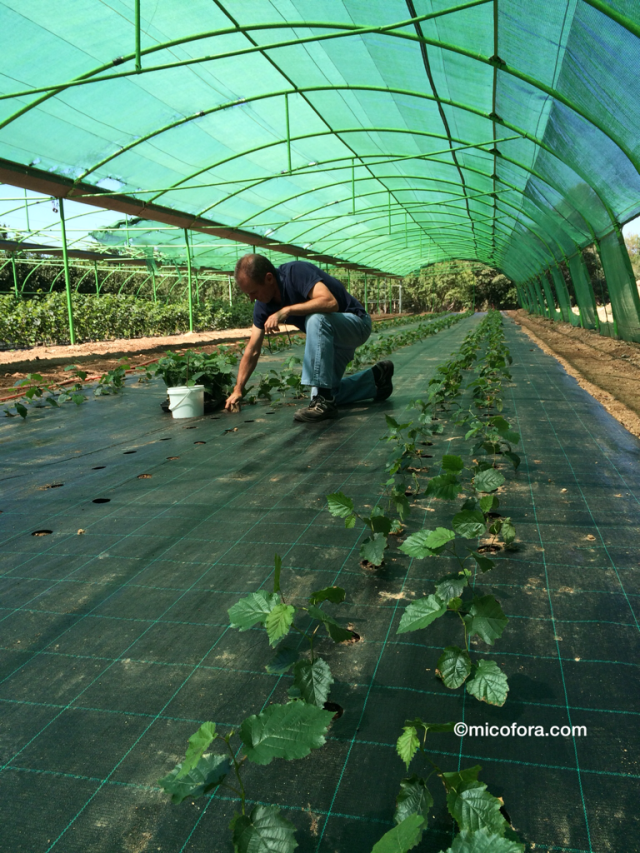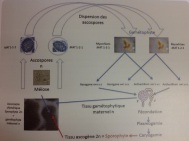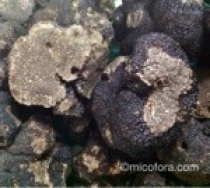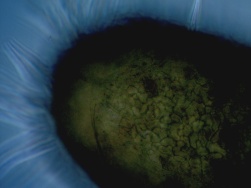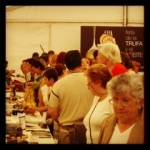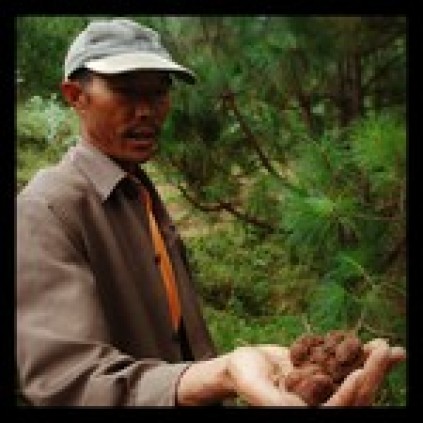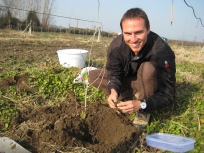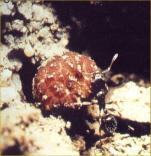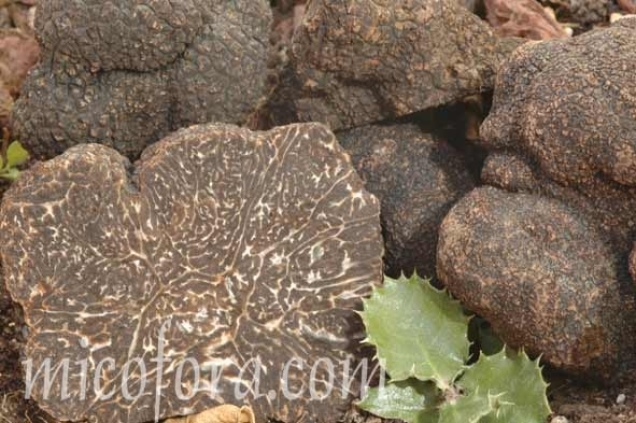Just back from “refreshing” summer holidays 🙂
In a previous research we did in Chile with Tuber borchii, we saw that due to the “aggressiveness” of this truffle variety, it could be other ways to try to produce truffle mycorrhized hazels, working not under sterilized conditions but in a less expensive protocol:
With one of the largest hazel nut traders in Catalonia, Coselva, we are doing a pilot nursery where to produce hazels mycorhized with borchii but with the main objetive focused on the nuts and secondly on truffles.
After many years where over 10.000 hectares of hazel orchards where abandoned in Catalonia, now prices and demand are raising again, and with the new more productive varieties hazel cultivation becomes more interesting…
Let me show you some of the steps on the process:
In vitro Dundee hazel, grown under sterile conditions and inoculated with the truffle are planted in a non axenic environment to root.
This is how they look one year later:
1cm shoots from “negret N-9” clon hazel variety are taken in january-february and kept in cool chamber until late spring when they are grafted on the Dundee trees
A year later these hazels, with longer life and more nut productive, will be outplanted in the orchards.
We are currently monitoring how all this process, with different fertilization rates, etc affects borchii infection and growth on the ground…
Cheers,
Marcos Morcillo

